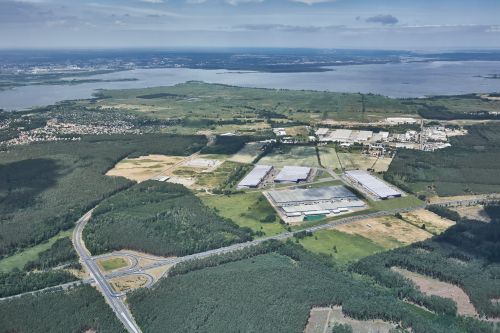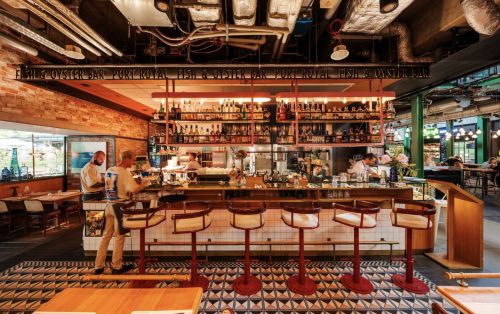New projects in Holešovice are described in hundreds of thousands of square metres. Town planners feel this district of Prague could become a new Greenwich Village Magda Konstantynowicz Prague’s cityscape has undergone great changes due to all the investment since the new era dawned in 1989. However, district town planners have argued that centrally situated office buildings, shopping centres and hotels have become part of the city skyline at the cost of depopulating their locations. Happily, the citizens of Prague are now moving back into the centre, attracted by residential projects emerging on post-industrial land along the Vltava river.Industry doesn’t live here any moreHolešovice in Prague 7 can serve as a good example of how a district can develop. It lies on the river next to the centrally located Prague 1, which has already experienced a boom, but of industrial real estate. Developers have rec






























































